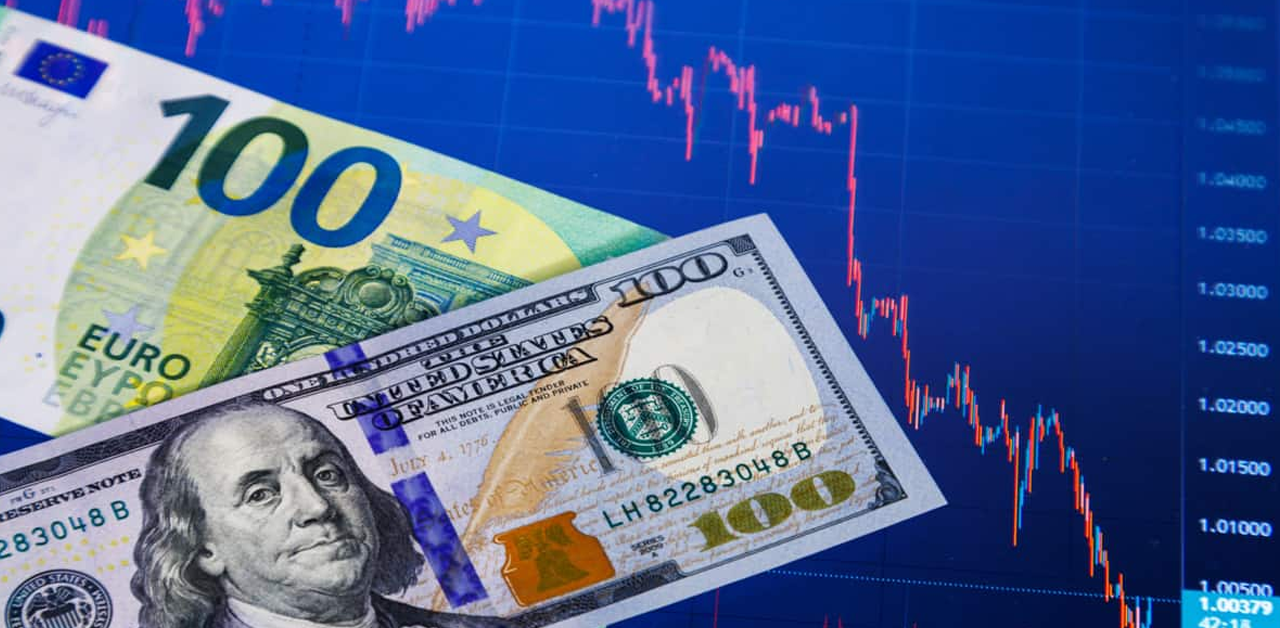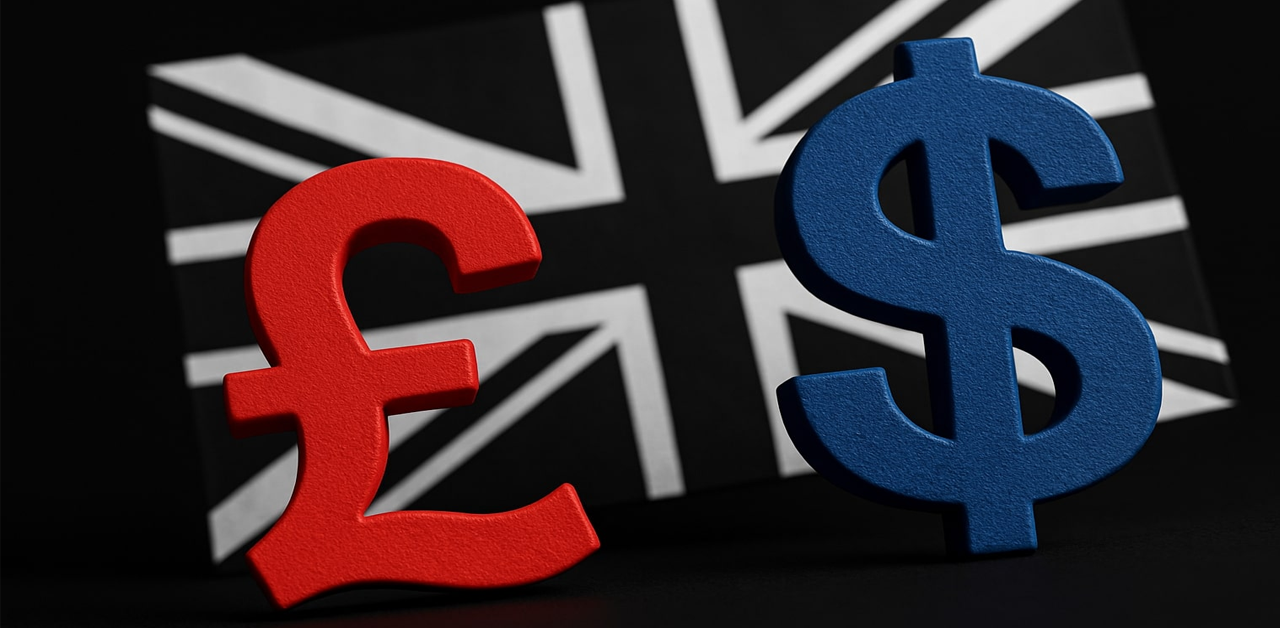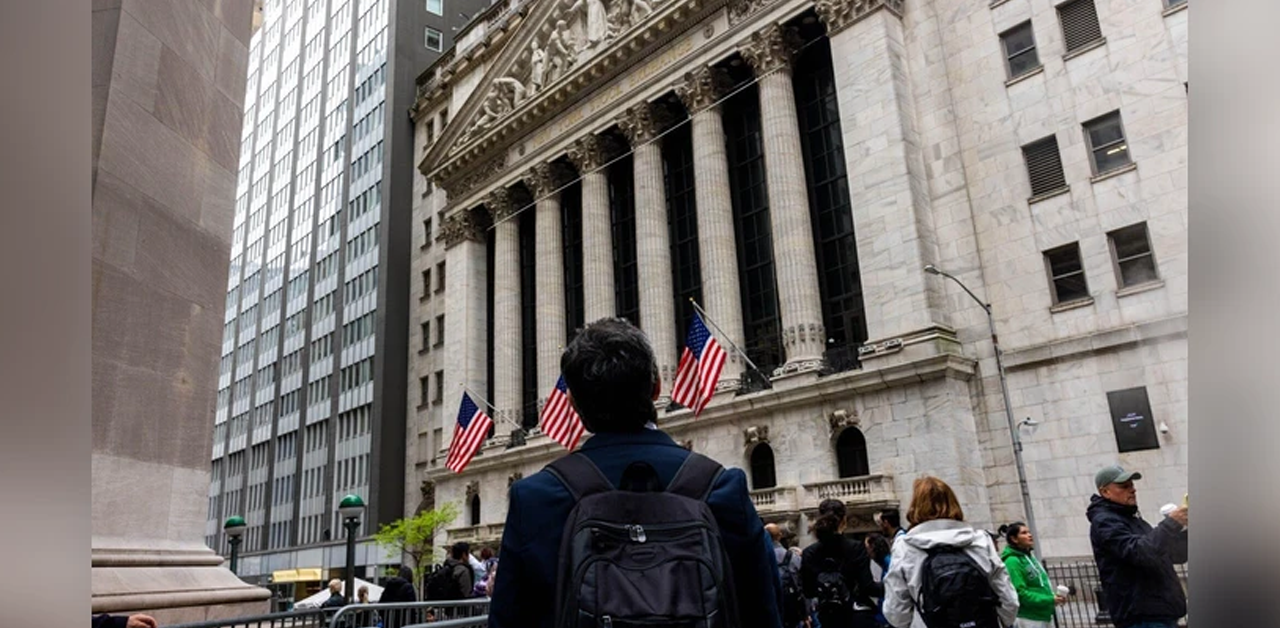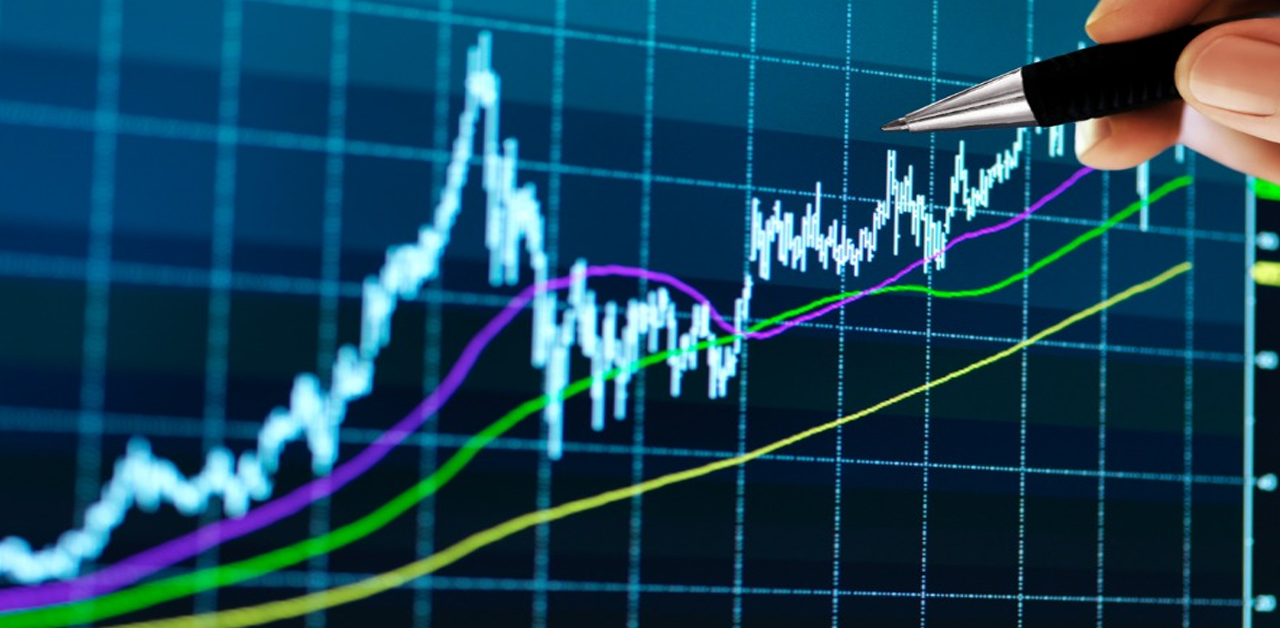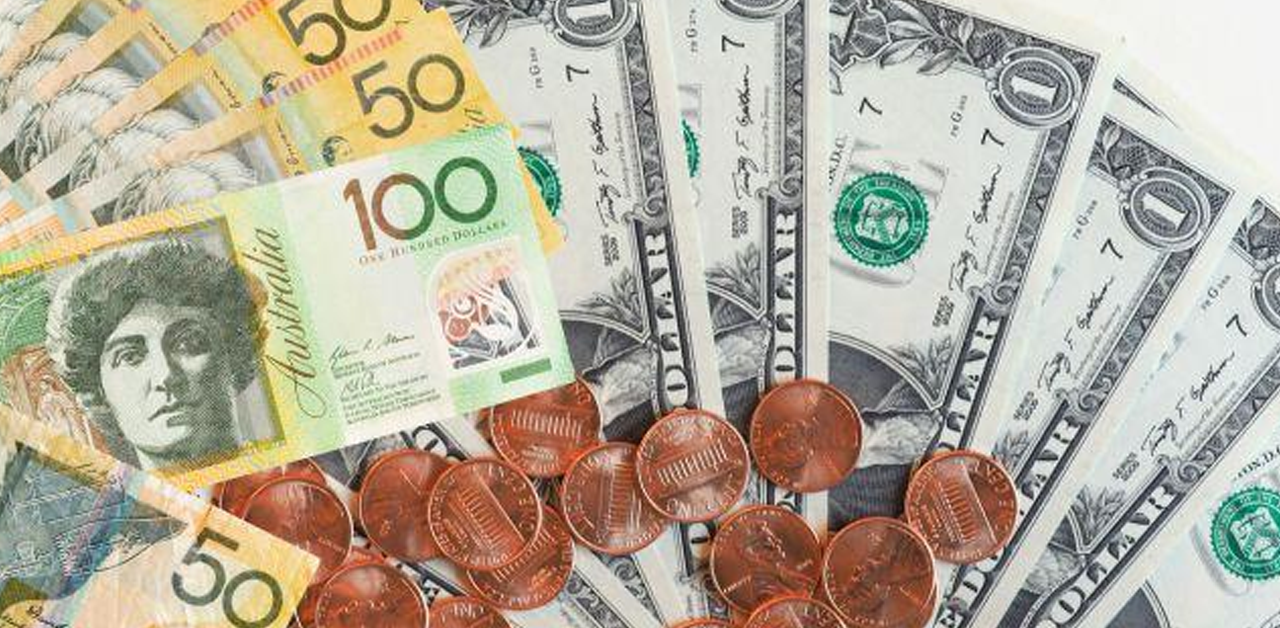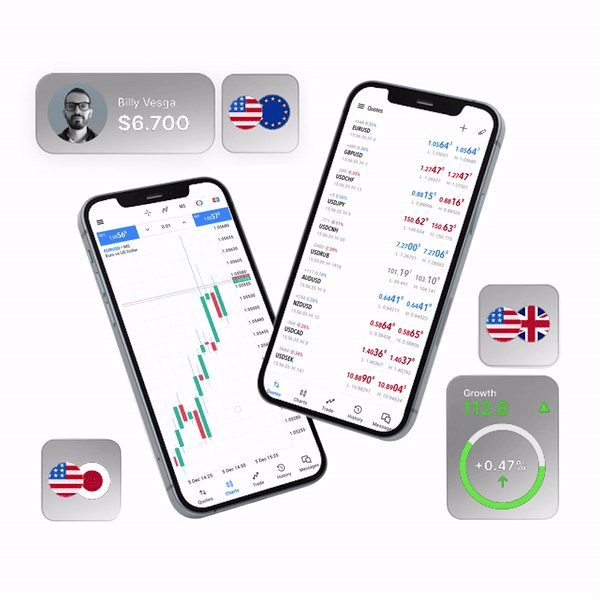EUR/USD extended its decline for a second consecutive session on Wednesday, hovering near 1.1620 during Asian trading hours. Investors are now awaiting the release of HCOB Purchasing Managers’ Index (PMI) data from both Germany and the broader Eurozone later in the day.
The pair weakened as the US Dollar (USD) gained traction on the back of rising Treasury yields. The 2-year yield stood at 3.65% and the 10-year at 4.28%, making US assets more attractive to global investors and fueling demand for the greenback.
Sentiment, however, was dampened after the US Court of Appeals for the Federal Circuit ruled that most of Trump’s tariffs were unlawful. The duties will remain in effect until October 14, pending a Supreme Court appeal. Treasury Secretary Scott Bessent expressed confidence that the Court will uphold Trump’s use of a 1977 emergency powers law to impose the tariffs, while Trump himself vowed to seek an “expedited ruling.”
On the data front, the US manufacturing sector showed signs of weakness in August. The ISM Manufacturing PMI rose modestly to 48.7 from July’s 48.0, though it missed forecasts of 49.0. The ISM Employment Index edged up to 43.8 from 43.4, while the Prices Paid Index fell to 63.7 from 64.8, signaling easing cost pressures.
Later in the US session, focus will shift to JOLTS Job Openings and the Federal Reserve’s Beige Book. Traders are also eyeing a series of labor market releases this week, including ADP Employment Change, Nonfarm Payrolls, and Average Hourly Earnings. These reports will be critical in shaping expectations for the Fed’s September policy decision.
In Europe, the Euro continues to struggle amid surging bond yields and fiscal concerns. France’s 30-year yield rose to 4.5%, the highest since 2009, while Germany’s 30-year yield climbed to 3.41%, its strongest level since 2011. Mounting concerns over France’s debt burden have heightened attention ahead of Prime Minister François Bayrou’s confidence vote next week. Meanwhile, Germany’s medium-term fiscal plan projects roughly €500 billion in net borrowing through 2029 to fund infrastructure and defense.
Despite the pressure, Euro downside may remain limited as inflation in the Eurozone stays above target. The Harmonized Index of Consumer Prices (HICP) rose 2.1% YoY in August, exceeding both expectations and the ECB’s 2.0% goal. This reinforces the view that the European Central Bank will keep interest rates steady at its September meeting.

